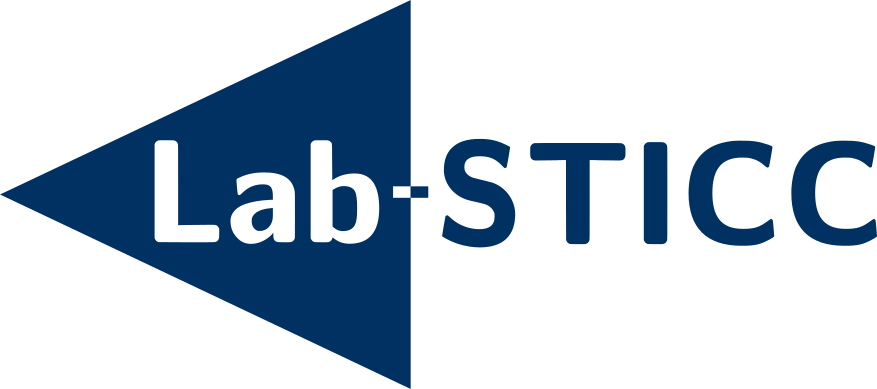Comparing prospective methods to identify latent needs An application to digital twin for maintenance 4.0
Abstract
The digital twin is one of the key technologies of Industry 4.0, thanks to the range of possibilities offered to manufacturers. Given its ability to make decisions and act on its environment, Human-Autonomy Teaming (HAT) can be a key framework for thinking about cooperation between the human agent and the digital twin. In order to deploy an efficient HAT, and given the emerging character of the digital twin, the future needs of human agents in terms of cooperation must be identified. The focus here is on latent needs, characterized by their nature unproved or undreamed by the human agent. We propose to investigate the contribution of the HAT framework to the expression of these latent needs. Through the KHO-KHC model, the objective of the paper is to provide a method from prospective ergonomics to identify latent needs of human agent in terms of cooperation with the digital twin. This proposal is applied to the maintenance planning activity.
Domains
Psychology
Fichier principal
 Work_In_Progress ECCE 2024 Comparing prospective methods to identify latent needs.pdf (303.72 Ko)
Télécharger le fichier
Work_In_Progress ECCE 2024 Comparing prospective methods to identify latent needs.pdf (303.72 Ko)
Télécharger le fichier
| Origin | Files produced by the author(s) |
|---|

